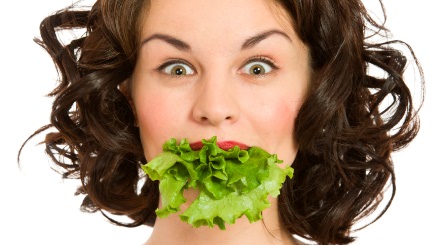Forage for Edible Plants Packed with Natural Vitamin C
 Vitamin C is one of those essential nutrients we need for good health but can only get through diet or vitamin supplements. Enough vitamin C is crucial for a healthy heart and immune system, helping with tissue repair and iron absorption and benefiting our eyesight, skin and gums.
Vitamin C is one of those essential nutrients we need for good health but can only get through diet or vitamin supplements. Enough vitamin C is crucial for a healthy heart and immune system, helping with tissue repair and iron absorption and benefiting our eyesight, skin and gums.
Food products high in vitamin C include bell peppers, dark green vegetables, herbs and fruits such as guava, papaya and kiwi. However, if you fancy yourself as a forager, you can pick up edible plants all through the year that are high in vitamin C.
Rose hips are one of the richest plant sources for vitamin C and while these bright fruits are more often fed to chinchillas and guinea pigs as a vitamin C-enriched treat, they make great jams and jellies for us to tuck into. You can even eat them raw but make sure you don’t eat the seeds.
If you consider nettles just a pest that stings you on a country walk, think again. These pesky plants are actually packed with vitamins and minerals, actually containing more vitamin C than oranges. Pick nettles in spring before they flower, only taking the youngest leaves, and boil them to get rid of the sting. You can use nettles to make beer, wine, tea and soup.
Autumn brings a berry bonanza in Britain’s hedgerows and woods and as they hang heavy from easily-reached bushes, they are the easiest to forage and to identify. Berries such as blackberries, mulberries and sloes are jam-packed with vitamin C and you can use them to make jams, jellies, juices and cordials, or pack them into pies and cakes. Sloes are perfect for making sloe gin.


Comments are closed.